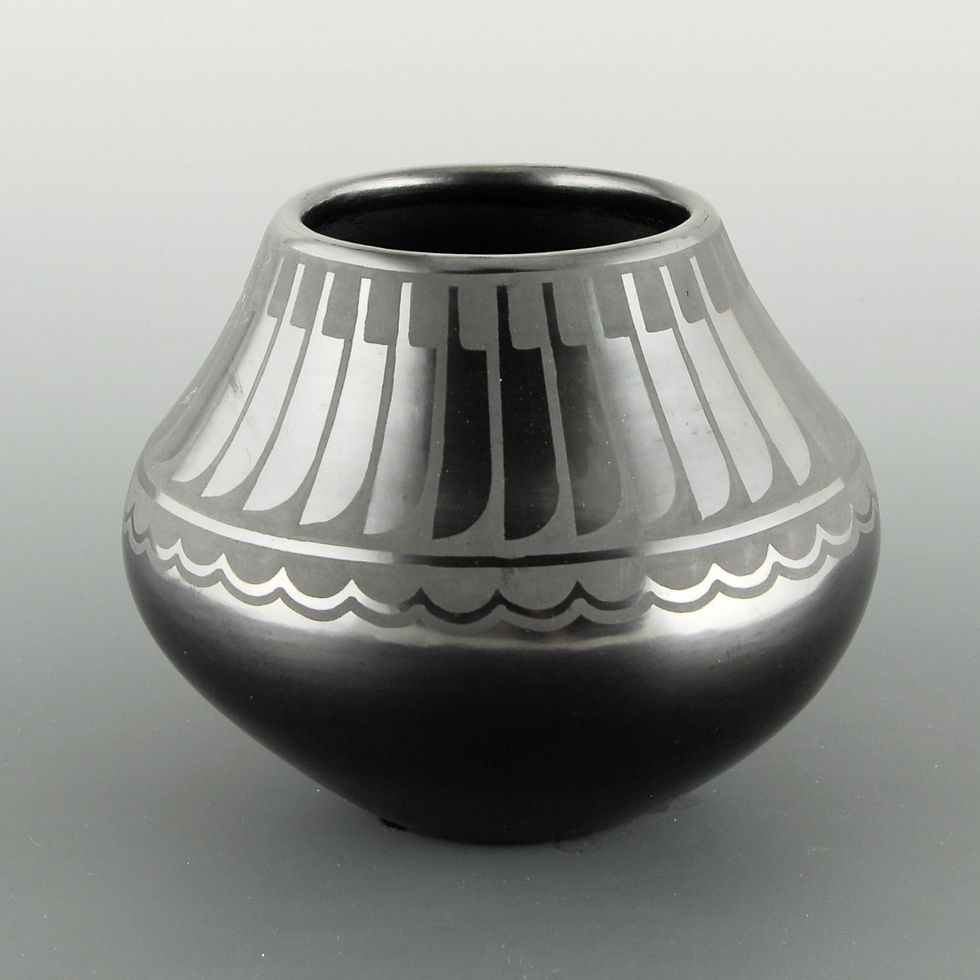Planning ahead & keeping focussed
My next larger project is to make three larger figures each using a different clay. I am basing my new experiments on the results I got for my first set of three larger figures finished earlier this year (from left to right):
A white stoneware clay: AWS/1G from Spencroft.
A porcelain white stoneware grog clay: PF700G from Valentine Clays.
A professional smooth black clay: PF680 from Valentine Clays.

These are the issues I had with my clay choices:
Despite its name the AWS/1G used for figure 1 is not white at all - not when fired in oxidation and certainly not in reduction like this one.
Figure 2 developed some cracks during glaze firing. This was probably due to rushing the drying process after finishing it. I should have wrapped it up and let the moisture content level out across the whole piece before bisque firing.
I am not really that happy with the clay colour of the black clay of figure 3. It is just a bit to brown for my liking.
I applied black slip to figures 1 and 2 which worked well but the white slip applied to figure 3 was very problematic. The white slip (university standard: 1/2 Ball Clay + 1/2 China Clay) didn't stick very well to the black clay but shelled off both after bisque and glaze firing.
Moving on this is what I am planning to do with my next set of three figures:

1.
Going back to the PF700G white clay and allowing more controlled drying I will apply textural white-on-white decorations covered with a fake celadon glaze. I am looking for a similar colouring as the cool turquoise glazes of the tradition Chinese celadonware from the Song dynasty.

2.
Using a black clay, this time Vulcan Medium (VUM) from Potclays with patterns created by contrasting smooth burnished surfaces against grogged recessed areas using water etching technique. Not sure whether areas will be glazed or not. My initial inspiration is the black-on-black pottery by Pueblo potters such as Maria Martinez. I have no intention of copying her processes, which would involve firing them with loads of cow dung.
Going back to my earlier figures, I really liked the bisque fired result before glazing with just the white slip on the black clay. I just need to make sure that they are a good fit and the slip doesn't flake off.

3.
Using a red clay such as Valentine's PF690 with a white (possibly also a black) slip. I am using traditional English honey glazed slipware as my inspiration. I will be looking at different glazes hoping to find one that will work at a higher temperature without melting off. It would be good to get the same soft shiny surface quality of a lead glaze without the addition of lead. That may be too much to wish for.
Any tests involving clays, glazes, slips etc. need to have a focus to help me develop these three figures. Yes, girl and stick to it!

















